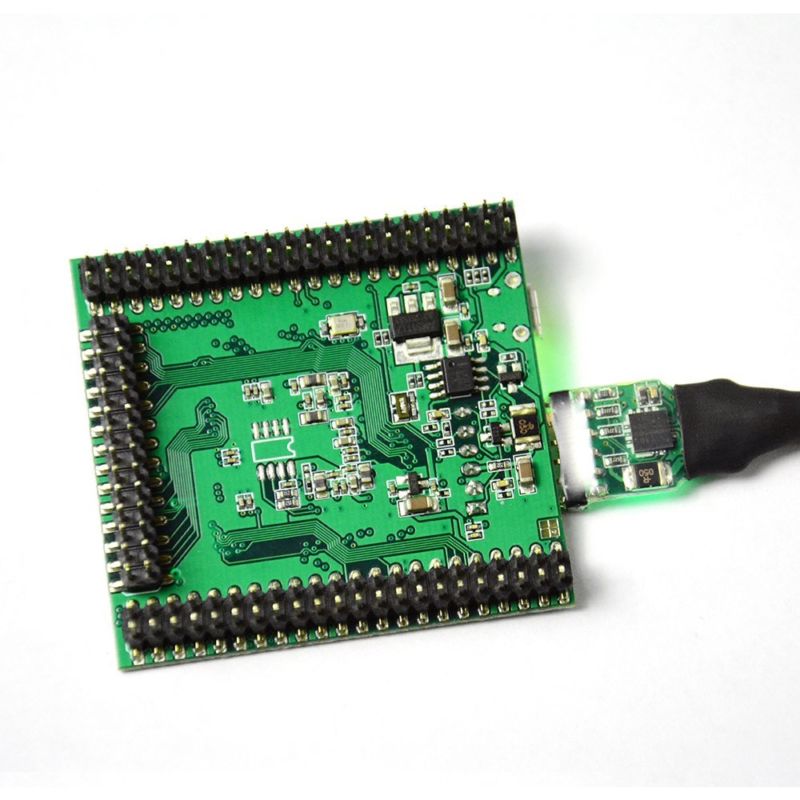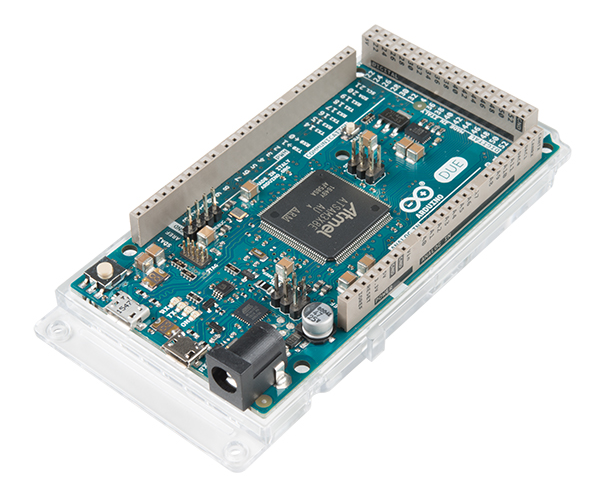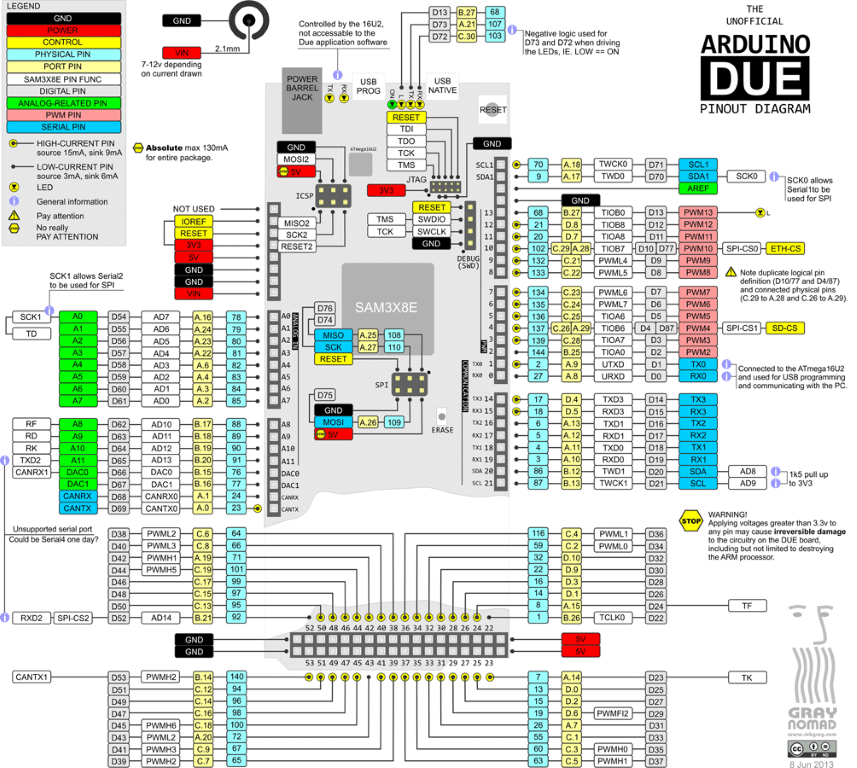

The board can operate on an external supply of 6 to 20 volts. Leads from a battery can be inserted in the Gnd and Vin pin headers of the POWER connector. The adapter can be connected by plugging a 2.1mm center-positive plug into the board's power jack.

The power source is selected automatically.Įxternal (non-USB) power can come either from an AC-to-DC adapter (wall-wart) or battery. The Arduino Due can be powered via the USB connector or with an external power supply. You can find the board without headers at this link. This board is supplied with headers soldered. On the Product itself through our Customer Support.
Arduino due core software#
In the Getting Started section, you can find all the information you need to configure your board, use the Arduino Software (IDE), and start to tinker with coding and electronics. You can find your board warranty information here.
Arduino due core serial#
It has 54 digital input/output pins (of which 12 can be used as PWM outputs), 12 analog inputs, 4 UARTs (hardware serial ports), a 84 MHz clock, an USB OTG capable connection, 2 DAC (digital to analog), 2 TWI, a power jack, an SPI header, a JTAG header, a reset button and an erase button. It is the first Arduino board based on a 32-bit ARM core microcontroller. See this forum post for more information.The Arduino Due is a microcontroller board based on the Atmel SAM3X8E ARM Cortex-M3 CPU. Warning: We recommend not connecting the Arduino to USB while it is powered through VIN. Flash memory: 512 KB all available for the user application.Total DC output current on all I/O lines: 130 mA.Digital I/O pins : 54 (of which 12 provide PWM output).More information about the Arduino Due is available on Arduino’s website. breadboard, sensors, jumper wires, and LEDs) that make it possible to create a number of fun introductory projects. Note that we also offer a SparkFun Inventor’s Kit, which includes an Arduino Uno along with an assortment of components (e.g. The Arduino has a large support community and an extensive set of support libraries and hardware add-on “ shields”, making it a great introductory platform for embedded electronics. We recommend you use something like our bidirectional logic level shifter to interface this board with 5V systems. Connecting higher voltages, like 5 V, directly to an I/O pin could damage the board. The maximum voltage that the I/O pins can tolerate is 3.3 V. Unlike many other Arduino boards, the Arduino Due board runs at 3.3 V. The Due is compliant with the Arduino 1.0 pinout it has SDA and SCL pins near the AREF pin and an IOREF pin, which can be used by shields to detect the microcontroller board voltage.

It has 54 digital input/output pins (of which 12 can be used as PWM outputs), 12 analog inputs, 4 UARTs (hardware serial ports), a 84 MHz clock, a USB OTG capable connection, 2 DAC (digital to analog converters), 2 TWI, a power jack, an SPI header, a JTAG header, a reset button and an erase button. The Arduino Due is a microcontroller board based on the Atmel SAM3X8E ARM Cortex-M3 CPU. Please see the shield user’s guides for more details.
Arduino due core driver#
The Arduino Due works with our motor shields, though the motor driver shield current sense outputs can exceed the Due’s 3.3 V I/O pin limit at high currents. As such, there could be incompatible Arduino shields and libraries. Note: There are differences between the Arduino Due and previous Arduino boards.


 0 kommentar(er)
0 kommentar(er)
